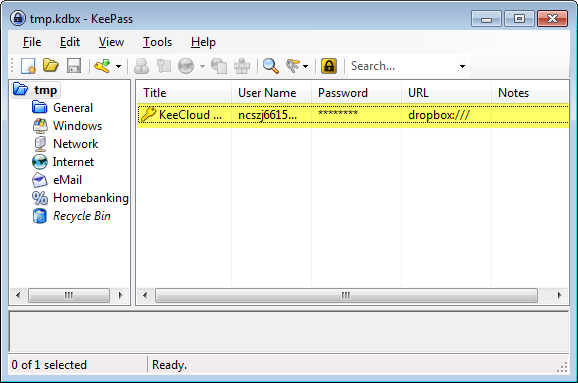
Go to File -> Database Settings -> Security, and increase the number. I found 4 million acceptable on a 2012 flagship smartphone. This will greatly increase the difficulty of brute forcing your master password.

Protect your online credentials with KeePass before reading further. Implementing a few or all of these recommendations could drastically increase your password manager security. That article grew over time, so I decided to split the security hardening section into this standalone article, while also expanding upon it greatly. But aside from that, if you actually follow their workaround, it should work just fine - as I understood your problem was that you didn't follow their workaround, then you blamed them for the resulting file conflicts.I previously wrote a guide on syncing the KeePass password manager between various devices and platforms.

The only bit I'll give you is that the workaround isn't user-friendly, and that they should probably leave a note mentioning the much-more-user-friendly plugins in the Trigger Examples. > and are happy to tell people to take awful workarounds ), you need an online storage provider plugin (e.g. If one of the files to be synchronized is stored in an online storage (like e.g. > and not mention that it can be resolved with a plug-in anywhere on the main siteĪgain, you're accusing them of something that's false! They very much do see this as core functionality and explicitly tell you how to synchronize right there in the synchronization section :

The fact that they don't consider syncing a core part of the password manager


 0 kommentar(er)
0 kommentar(er)
